Sunday Classic / Dicky’s Tarpon Silencer
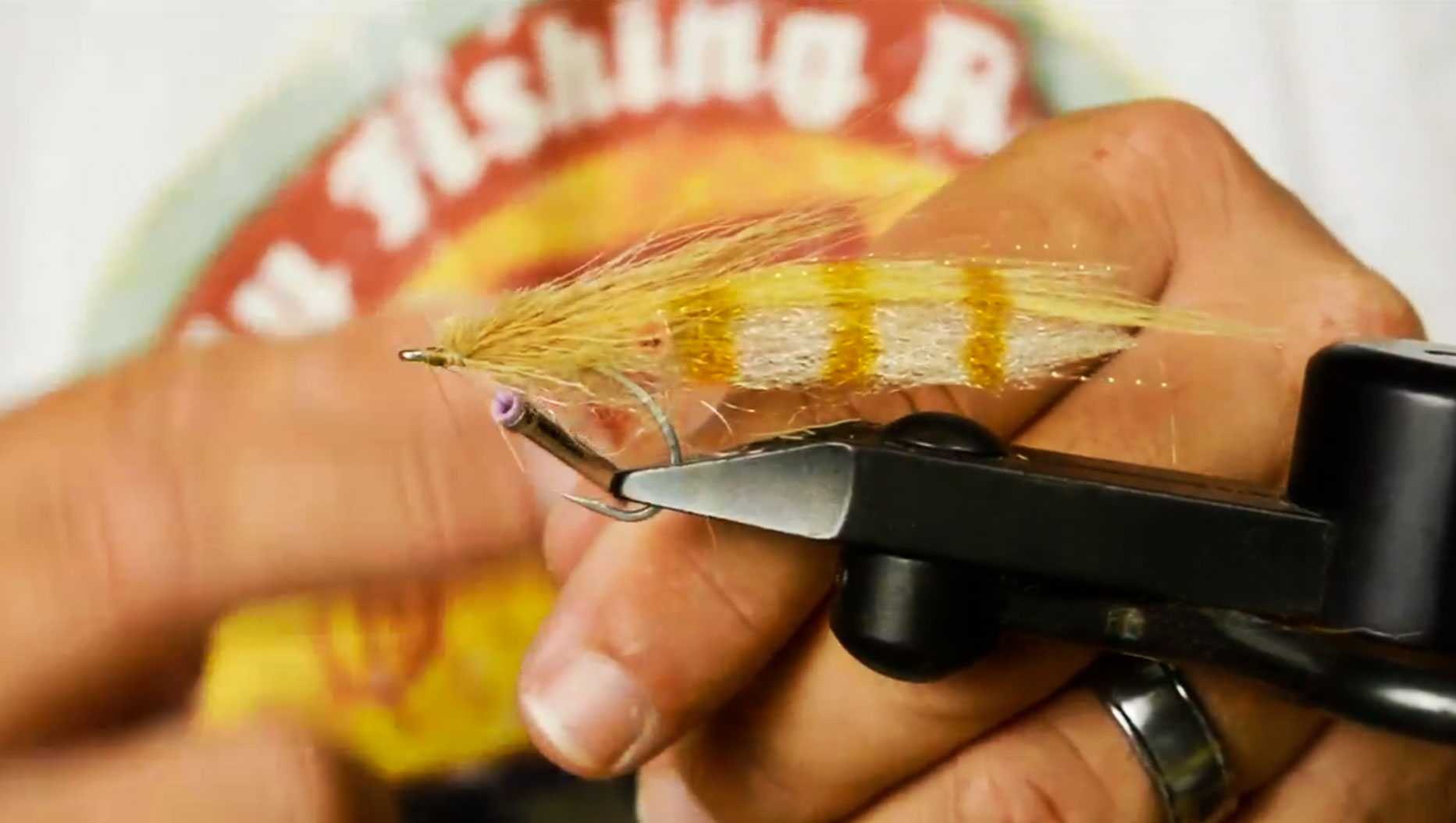
WHO’S AFRAID OF THE BIG BAD FLY?
On dead calm days in the Florida Keys the silver king can be afraid of his on shadow. I’ve seen plenty of big tarpon vanish at the sound of the fly landing on the water. As a flats guide, so has Joel Dickey. That’s why he came up with this fly that the calls the Tarpon Silencer. The Silencer lands so softly that even the most skittish tarpon keep their cool and it’s shrimpy profile is irresistible.
If you’re planning a trip to the Keys, or any tarpon fishing destination, this is a fly you want in your box.
Watch the video and learn to tie Dicky’s Tarpon Silencer.
Read More »Saturday Shoutout / The Creek
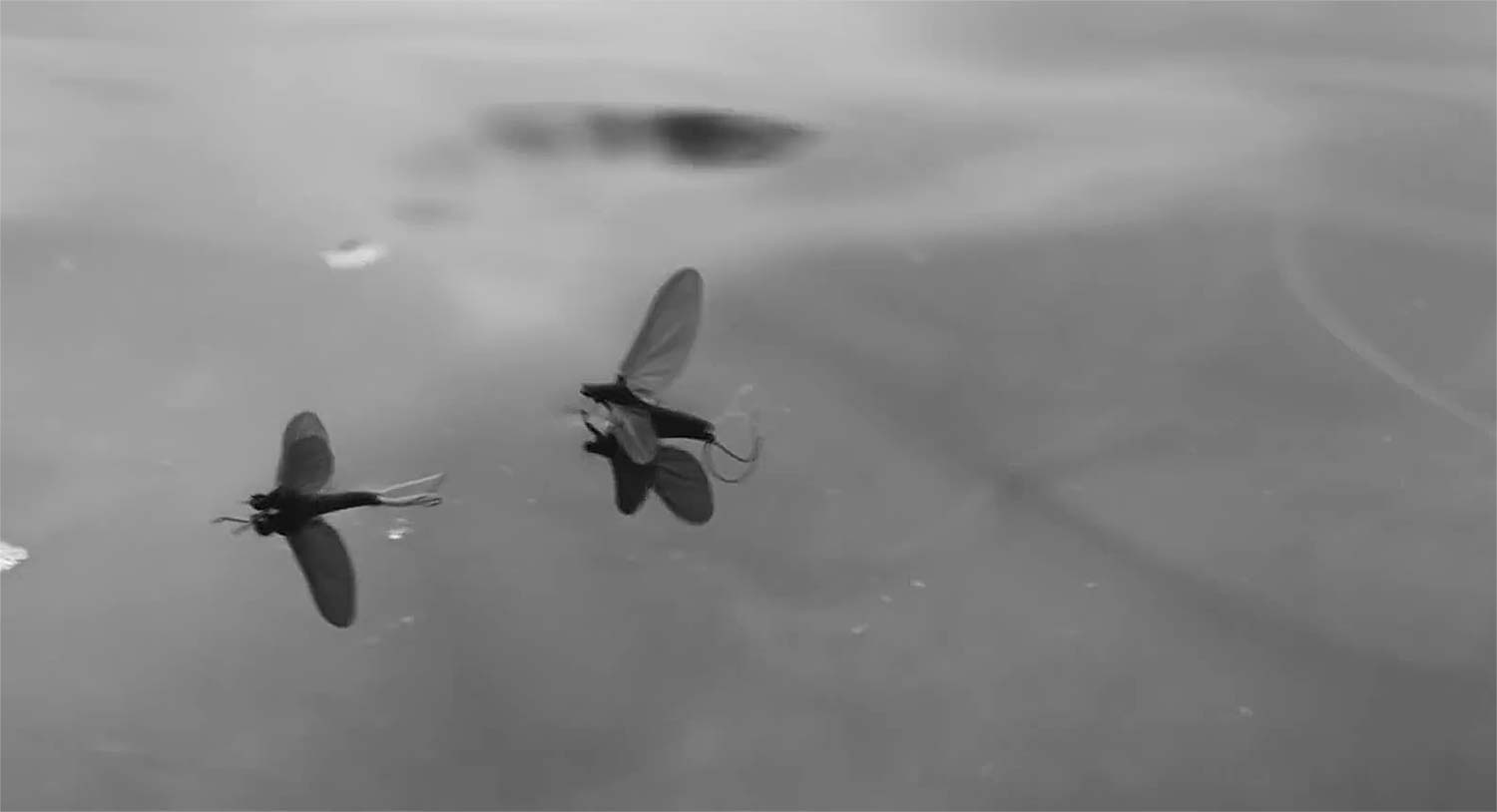
WITH A LOT OF LOVE, AND A LITTLE WORK, EVERYTHING WORKS OUT.
Trout fishing, fatherhood, self exploration. Nothing a little leg work can’t tackle. This beautiful little film touches on it all. Take the journey for a little hard won trout fishing in Sweden.
THE CREEK
Read More »Make Better Roll Cast: Video
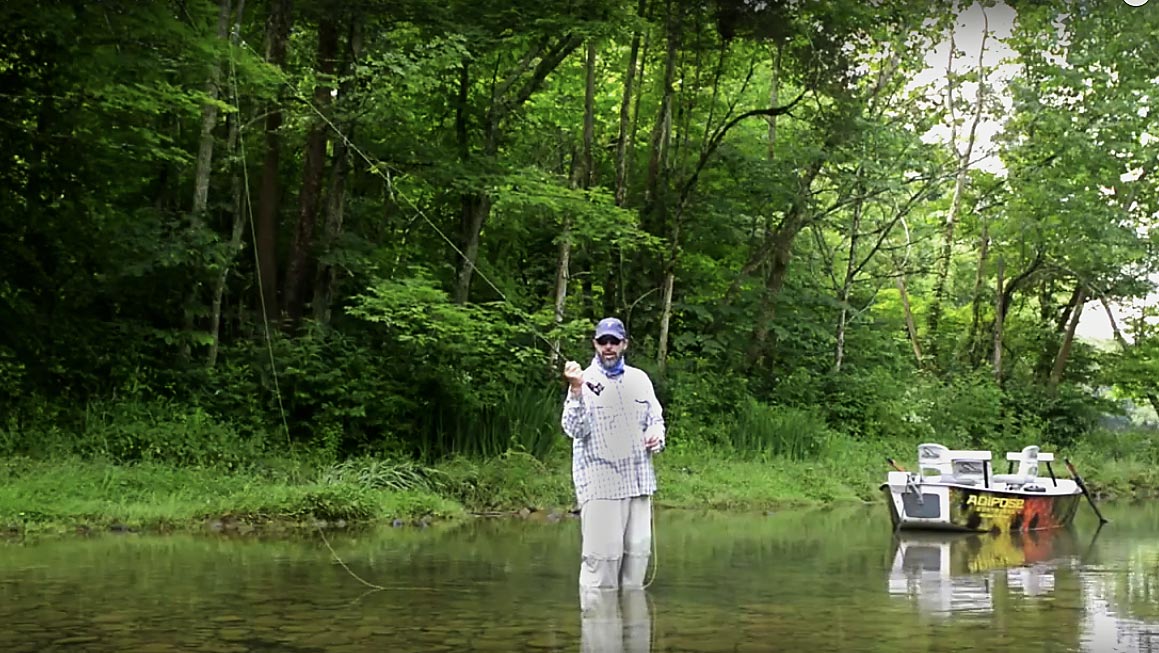
It isn’t flashy, but a good roll cast will catch you a lot of fish you might otherwise miss.
Roll casting is an essential skill for any angler, especially those targeting trout. Many of the mountain streams where trout live have little room for a backcast. A good roll cast opens up a lot of water that’s unfishable by any other means. It’s usually one of the first casts an angler learns, and because their understanding of fly casting is limited, anglers often learn the cast poorly. Very few go back and fix the problems they developed early on.
A FEW OF THE SKILLS WHICH ARE KEY TO A GOOD ROLL CAST ARE:
Making a robust D loop.
Keeping the path of the rod tip flat on the casting stroke.
Smooth acceleration of the cast to an abrupt stop.
Once you have the basics of the cast down, you can add a haul and shoot line for more distance. Roll casting this way is very effective on all types of water.
WATCH THIS VIDEO AND LEARN TO MAKE A BETTER ROLL CAST.
Read More »Reece’s J.T.T
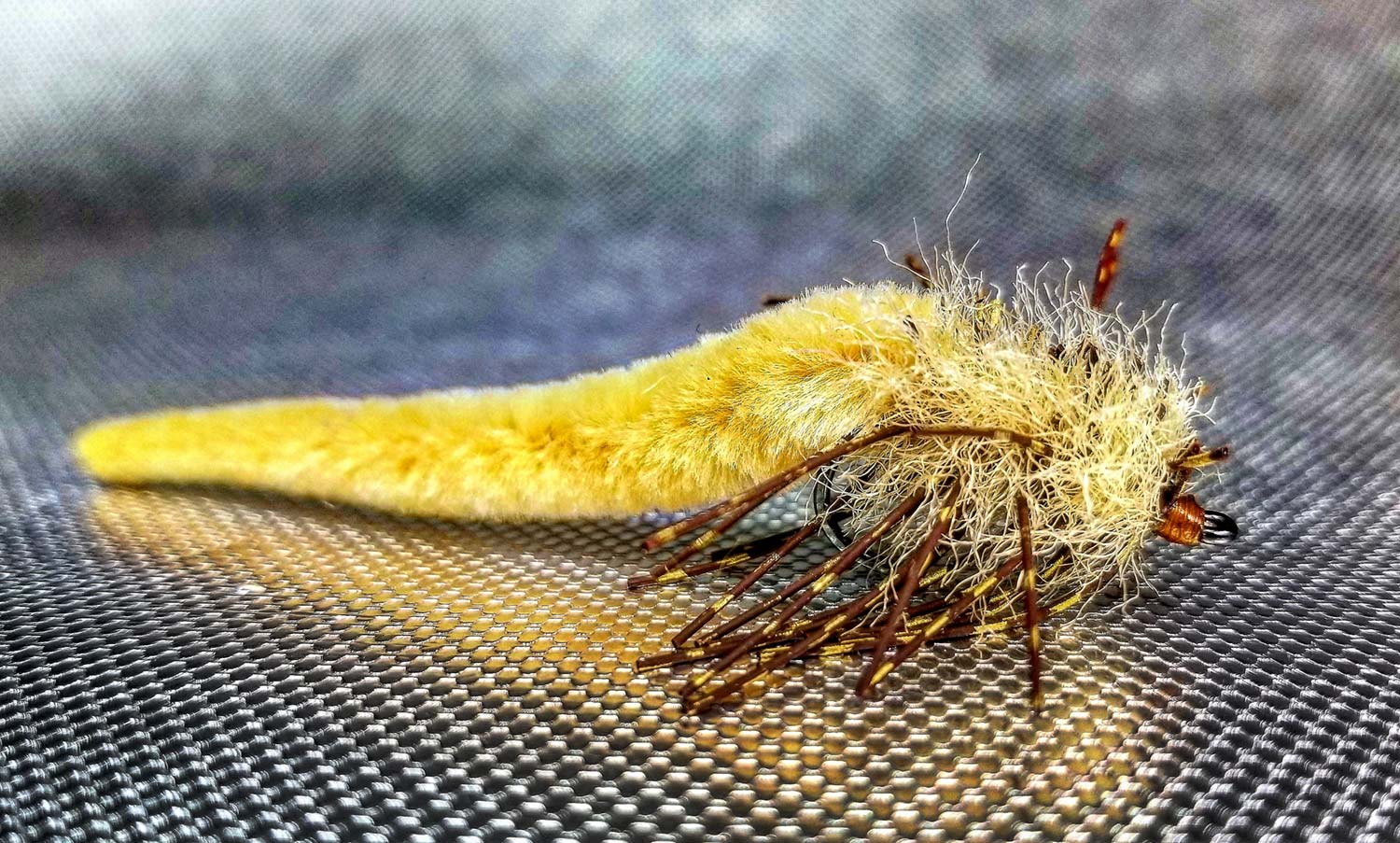
By Bob Reece
Unlimited creativity is my favorite aspect of fly tying.
With the constant influx of new tying materials, the possible combinations for creating successful patterns increases. In addition to this, the construction of many new materials simplifies the tying process needed to create equally, if not more productive flies.
Throughout the Rocky Mountain region, water has recently returned to a liquid state. Ice off on my regional still waters in one of my favorite seasonal fishing events. Regardless of the time of year, big and ugly is often a great way to go when selecting Stillwater patterns. This element seems to be especially true for the first few weeks following the thaw on most lakes.
In the still waters that I guide on dragon fly nymphs are a prevalent food source for trout. The largest of the species in these waters grow to just past two inches in length as fully developed nymphs. In an effort to imitate these types of food sources, I created the J.T.T. streamer. I typically tie the pattern in tan, black and olive.
By using just the tip of a dragon tail, the patterns produces a substantial profile with supple movement. The R Distribution Lively Crustacean Legs brush, makes for an easy finish to the pattern that provides additional profile and movement. Most importantly is the hook that this pattern is founded on. The Owner Mosquito hook is constructed with an offset point and a short shank. These two factors turn the odds in the anglers favor with regard to hooking and holding fish.
When fishing this pattern I typically use a clear intermediate sinking line.
Read More »How To Get High Line Speed
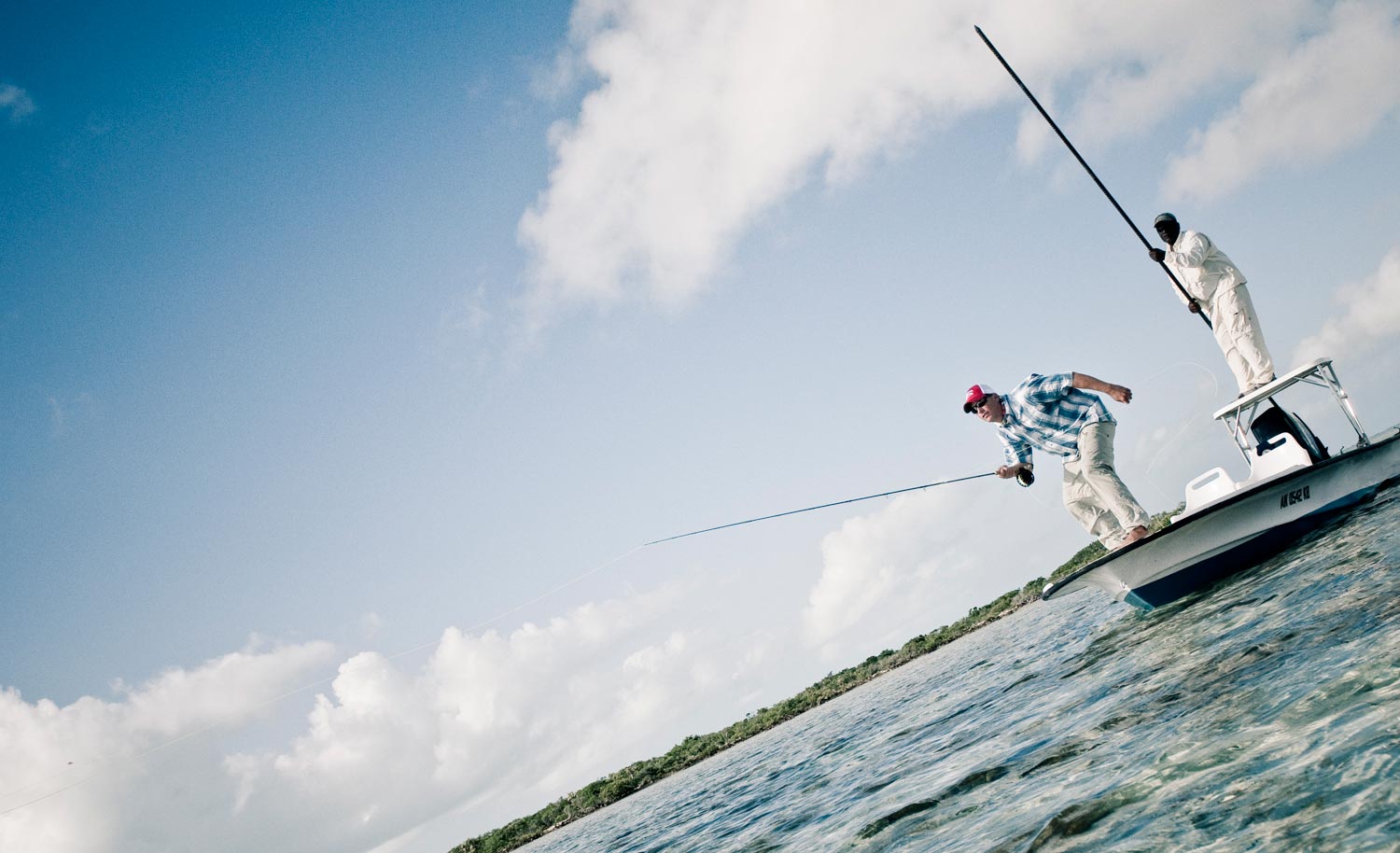
Casting in the salt is demanding at times, to say the least.
To help fight those strong winds that affect your distance and accuracy you have to add as much controlled power as you can to the cast. This is absolutely crucial.
Having high line speed helps you to stabilize the line in the air during casting. This helps in your accuracy, distance and gets the fly to the fish quicker. Increasing your sense of urgency and your intensity will help up your line speed big time. Many times in the salt you are battling time as well as wind. You have a limited amount of time before the fish spooks or moves out of casting range.
Your strength is an important factor in high line speed as well. The stronger you are, the more power you can apply to your cast. You will get out of the cast what you put into it. If you push the gas pedal down a little you go 30mph. If you push the gas pedal down a lot you go 90mph.
When the wind is blowing 20 knots or harder you have to push the pedal down hard! Get that fly line moving fast and casting in those tough salt water winds will be much easier. But remember we are talking about controlled power and the only way to apply control and power is to practice. Just like the cast, you get out what you put in.
Let’s cover some other tips that will help increase line speed.
BEND YOUR KNEES & SPREAD YOUR STANCE
Bending your knees and lowering your center of gravity helps in a couple of ways. It gives you balance on the boat and allows you to apply power from your legs into your core. The power from your core will then be transferred into the cast.
edit-2490This picture will help to show
Read More »How Pebble Mine Hurts America: Action Required by June 30th
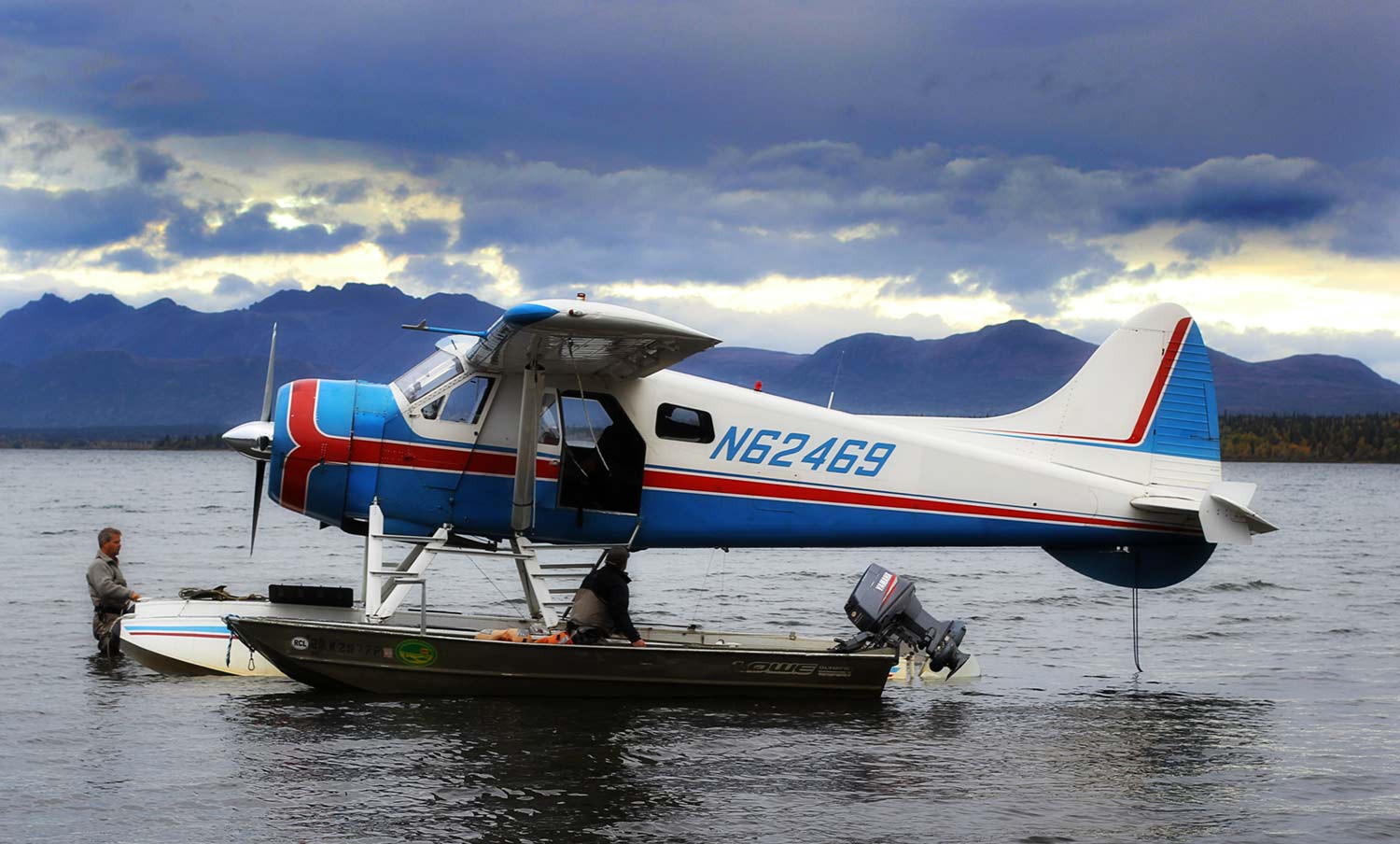
By Dan Frasier
We have until June 30th 2019 to speak out against the Pebble Mine and for America.
We live in a particularly divisive world these days. Issues that used to be fodder for spirited conversation amongst friends and family now create permanent rifts; dividing and alienating people from each other. So it’s rare to find an issue upon which even the most extreme believers from either side of the aisle can agree. Fortunately, that issue is an important one and one which, thanks to the comment period being open until June 30th, we can voice our opposition to from either side of the aisle. Of course, I’m talking about the current Pebble Mine proposal being reviewed by the Army Corp of Engineers.
The environmental opposition to this mine, a topic that tends to resonate more with left-leaning voters, though not exclusively their domain, is very clear. In the history of mines of this type, never has one managed to avoid serious detrimental impacts to clean water. Add to that the unique and fragile ecosystem upon whose headwaters this particular mine sits and you have a recipe for environmental disaster. Little more needs to be said to rally environmental support for preventing the construction of Pebble Mine.
What I think is far less understood is the business and economic reasoning for the elimination of this threat to a great American industry. A reality that should motivate anyone who supports the current administration’s economic policy to oppose this mine. There is a lot of misinformation and some complicated corporate structure here so allow me to explain.
Pebble Mine is a figment of the imagination of a Canadian shell corporation.
That’s how these things work. A small speculative company, in this case, Northern Dynasty Minerals (ticker: NAK), will buy a mining claim. They have no real assets aside from the claim, and absolutely no ability to actually construct a mine. What they do have is some cash and a prayer. They spend that cash speculating on there being ore in the ground on the claim they’ve purchased. Very few have this bet pay-off but when it does, it pays off big. If they find ore, they then put together a partnership of legitimate mining companies who develop a mine plan, help shepherd the plan through the appropriate regulatory agencies, and then actually own and operate the mine. That’s how it usually works. But not in this case.
Here, Northern Dynasty tried to follow that plan, but all of the partners backed out a number of years ago as they recognized the environmental, economic, and reputational risks and infeasibility of the mine. In fact, one of the ex-partners gifted their shares to two Alaskan charitable organizations. Leaving a TINY Canadian company holding the claim on some potential ore in the Bristol Bay headwaters but without any approvals or the actual ability to build and operate a mine. So Northern Dynasty decided to attempt to get the approvals themselves, and then bring in partners later. And that is where we currently stand. Tiny Canadian shell company, no partners and no approvals.
So what happens if the Army Corp approves the current plan?
Read More »Sunday Classic / 3 Reasons Fly Fisherman Should Consider Wearing A Long-Bill Hat
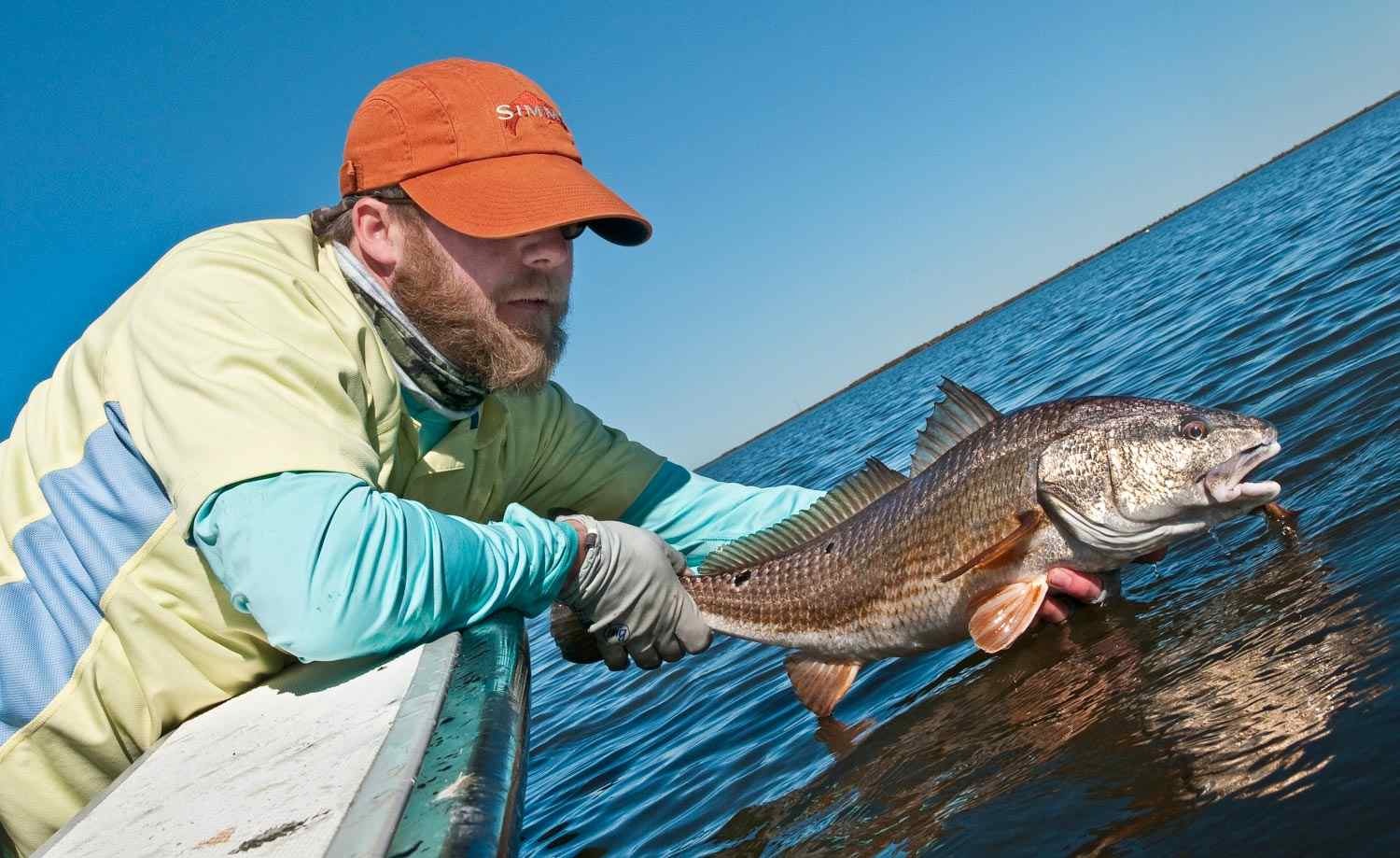
When I look at a long-bill hat, images of Ernest Hemingway, swinging wet flies on one of his favorite trout waters pops into my head. Next, I see the silhouette of the legendary fly fisherman and guide, Flip Pallot, with his masculine beard protruding beneath his long bill cap, as he stands on the platform of his skiff, pointing out a pod of tarpon to his client, at 11’oclock. There’s something really macho about dudes that can pull off wearing this type of hat. For the record, I’ve never seen myself capable of pulling off this machismo look, and in turn, I’ve spent the majority of my fly fishing career, opting instead for wearing the conservative short-bill cap. Plus, there’s no doubt that I look like a complete tool in a long-bill hat. That said, looking good on the water doesn’t help any of us catch more fish, it only helps the photographer looking through his/her lens shooting us. I’ve learned that performance is really what fly fishers, that get it at least, are really after when it comes to searching out what gear they use. For this reason, I made the decision recently to set aside my biased stance on long-bill hats, and actually wear one during a recent fly fishing trip of mine to the salt. Thank you Louis for being the friend that loaned it to me for the day, because it opened my eyes to how special and functional long-bill hats can be for not only me but to all fly anglers. Below are three reasons fly fisherman should consider purchasing and wearing a long-bill hat on their next fishing trip.
REASON #1: LESS GLARE AND SUN IN THE EYES, EQUALS BETTER VISION ON THE WATER.
Polarized sunglasses work great for allowing anglers to see into the water they’re wetting their flies in, but they will perform twice as good if they stay in the shade. The extra roofing area atop your head that a long-bill hat provides, is substantially larger than what traditional or short-bill hats provide. No longer will you need the sun high in the horizon before the bill of your hat begins to block out the suns rays. Wearing a long-bill hat will give you an edge, helping you to keep your vision acute and your presentations accurate.
Read More »Saturday Shoutout / Wade Andros
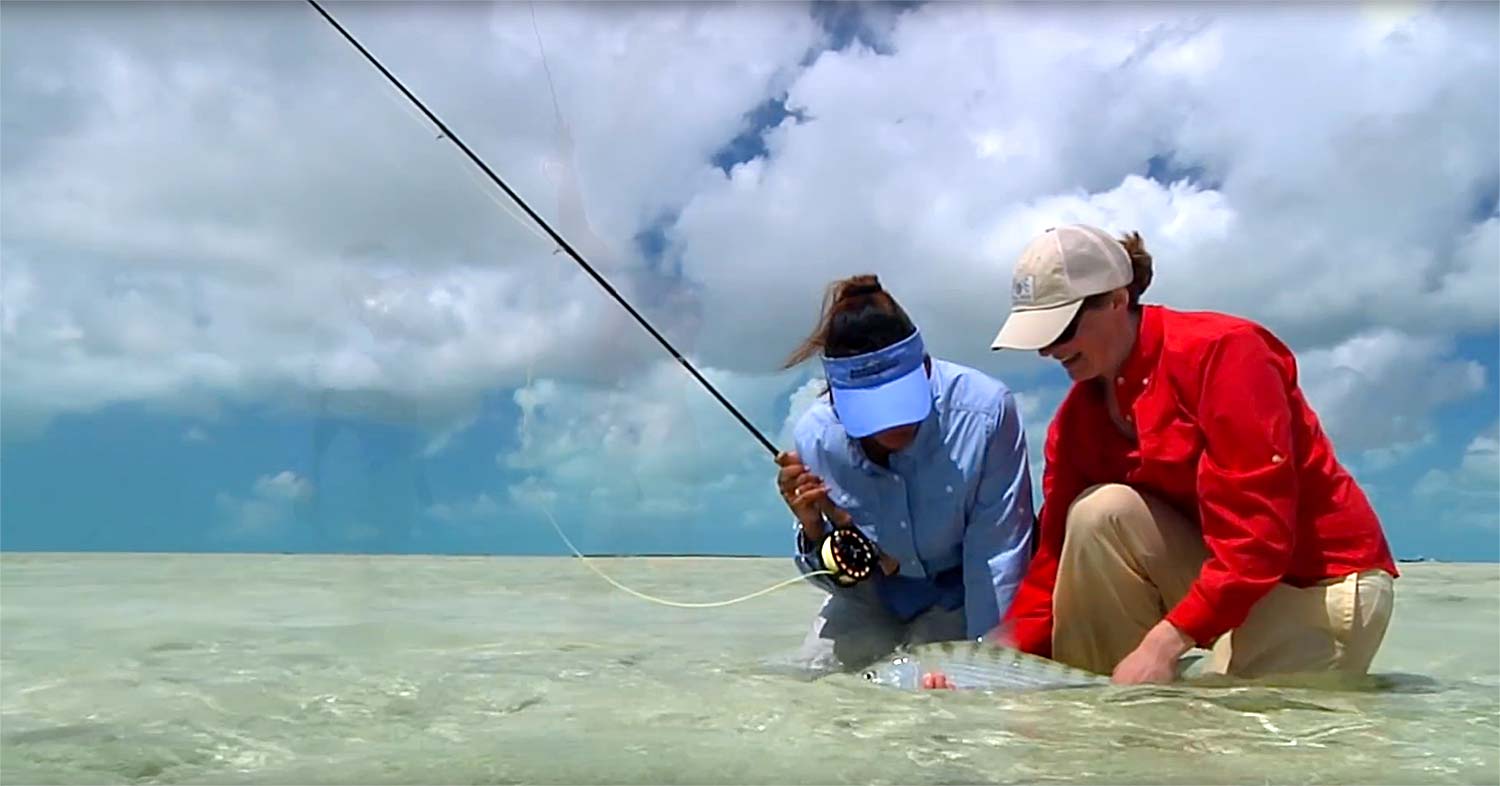
Great shallow water bonefishing on South Andros in the Bahamas.
South Andros is my favorite place on Earth. There’s a shocker! One of the things I love about it is all of the great wade fishing opportunities. There’s nothing like stalking bonefish in shallow water, catching them, sometimes, with their backs out of the water. It doesn’t get cooler than that.
This film, by todd Moen, is a little unusual in that the cast is all female. I don’t think it’s news that plenty of awesome women anglers catch bonefish. If it is to you, you should get out more.
If you’d like to see South Andros for yourself, join me at Bair’s lodge for the Bonefish School. There are still a couple of spots in June and a couple next January. Get the details here.
WADE ANDROS
Read More »Setting up Skagit Heads and Other Spey Lines: Video
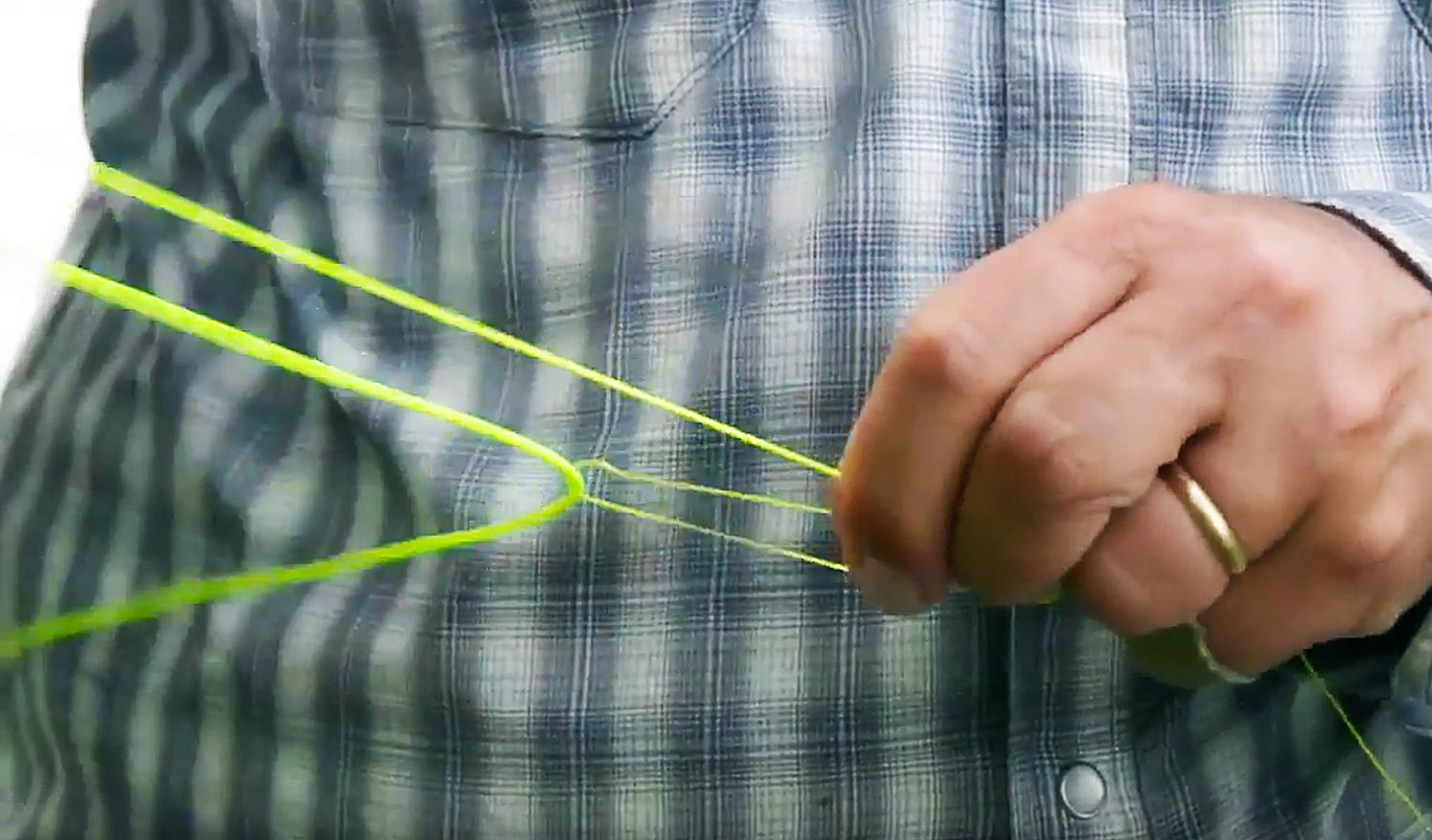
If you are just getting started in two-hand fly casting, you may be confused about how to set up the lines.
Spey lines are intimidating to the uninitiated with their many parts, options and loop to loop connections but there’s no need for alarm. Spey lines, in both form and function, are much the same as traditional fly lines. Think of them as traditional lines that have been cut into sections with scissors.
What their design offers to the Spey caster is instant flexibility on the river. In a Spey system the running line, the head and sometimes the tip are separate. They serve all the same functions as their counterparts in traditional lines but the caster is free to choose from interchangeable heads and tips to meet his or her immediate needs.
WATCH THIS VIDEO AND LEARN TO SET UP A SKAGIT HEAD.
Read More »A Powerful Fly Cast Is All In The Thumb
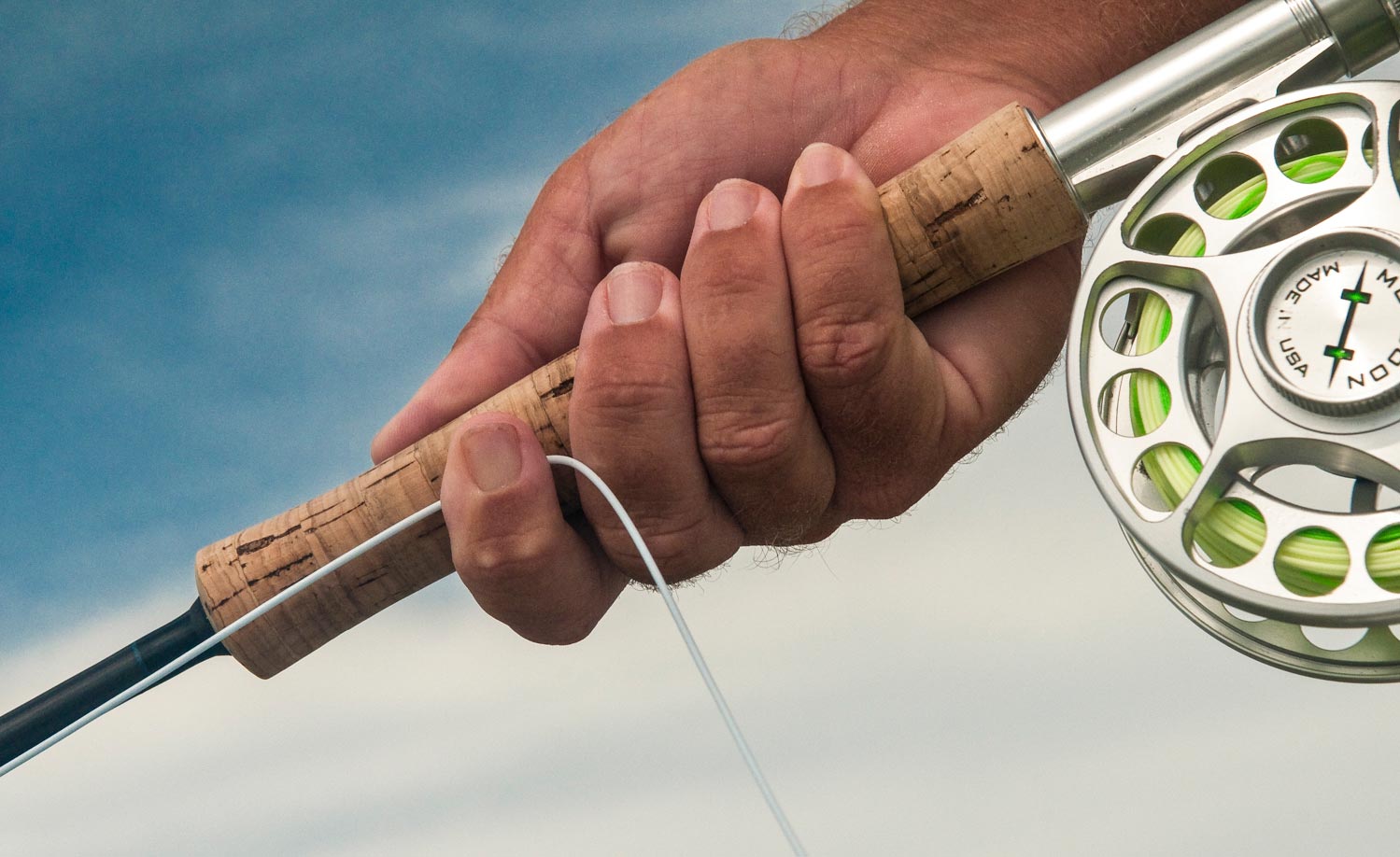
PICTURE YOURSELF GRASPING A BROOMSTICK AND DRIVING IN A TACK WITH YOUR THUMB.
I get the opportunity to work with a lot of anglers who are making the transition from freshwater fly fishing to saltwater. Not surprisingly, most of them struggle with generating the casting power needed to deliver a good presentation in the kind of wind often experienced in flats fishing. Almost everyone has the same pesky problem. They try to generate a more powerful cast and everything breaks down. The problem is not in their arm or elbow or wrist, but in their head.
It’s a problem of understanding the mechanics of the cast. It seems logical to think that more power in means more power out and I guess that’s true but there is a common misconception about where that power is coming from. Most anglers, when trying to add power to a cast, focus on the fly or the line. They visualize throwing that line to the target. The result is a casting stroke that resembles a pitcher throwing a baseball. Including the wind up in the worst cases.
This imagined model of throwing a static object puts all the wrong physics in play for a good fly cast. The resulting casting stroke relies too heavily on the arm and takes the rod out of play. Our instinct tells us to throw harder but the arm is a poor tool for throwing a fly line and our cast fails. The answer to a powerful fly cast is timing and technique, not power.
I’m going to give you a simple tool to help generate a powerful cast but first let’s look at the mechanics.
The fly cast is all about the transfer of energy
